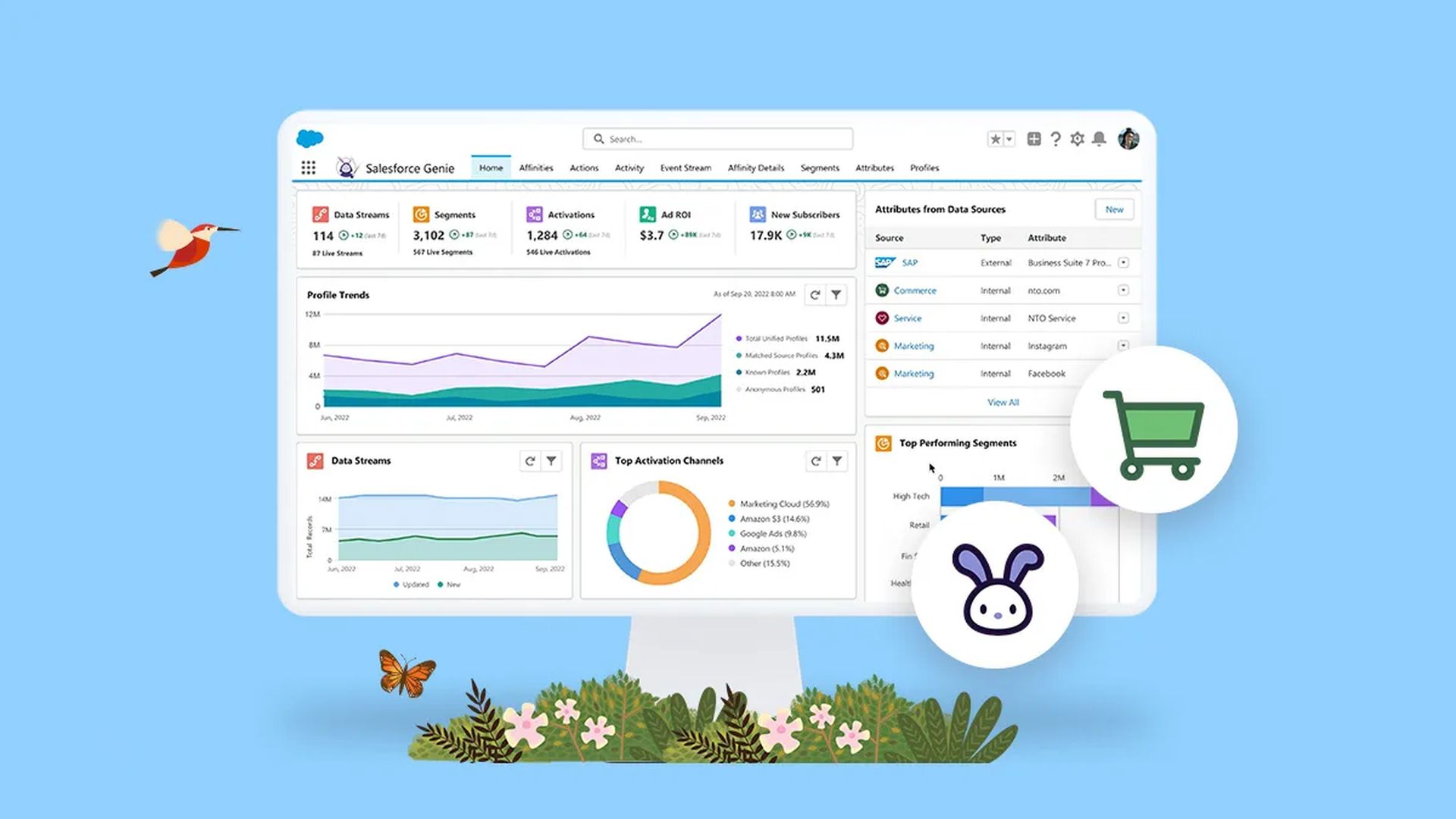How to manage and reduce Salesforce implementation costs

Salesforce is a highly popular customer relationship management (CRM) system that helps businesses improve their sales and marketing efforts. However, while implementing Salesforce can offer a wide range of benefits to an organization, it can also be a costly endeavor. In this article, we will explore a few effective strategies to manage and reduce Salesforce implementation costs. By following these tips, businesses can optimize their investment in Salesforce without compromising on functionality or quality.
1. Plan strategicallyBefore diving into Salesforce implementation, it is essential to have a well-defined plan in place. Start by clearly articulating your goals for the CRM system and identifying the specific features and functionalities you need for your organization. This will help you avoid expenditures on unnecessary add-ons or customizations down the line.
2. Choose the right editionSalesforce offers various editions tailored to different types of business needs, from small startups to large enterprises. Assess your organization’s specific requirements carefully and select an edition that aligns with your needs without exceeding them. Choosing the right edition will help prevent overspending on unnecessary features that you won’t utilize and bring down the Salesforce implementation cost.
3. Conduct a thorough requirements analysisConducting a thorough requirements analysis is crucial for a cost-effective Salesforce implementation. Take time to understand your business processes and document how each department within your organization functions. Identify the pain points as well as the areas where automation could boost productivity and efficiency.
4. Implement best practicesTo minimize costs during Salesforce implementation, follow the industry’s best practices instead of reinventing the wheel. Tap into the expertise of Salesforce consultants or partners who can guide you through proven methodologies and help optimize your CRM setup without expensive customization.
5. Maximize utilization of out-of-the-box featuresOne common mistake when implementing Salesforce is underutilizing its built-in functionalities by resorting to custom-built solutions instead. Often overlooked, standard features can help streamline processes, automate workflows, and increase user adoption without having to incur significant expenses.
 (Image credit)
6. Staff training
(Image credit)
6. Staff training
Investing in comprehensive training for your employees is paramount for the successful utilization of Salesforce while keeping costs in check. Well-trained staff will be more efficient, reducing the need for frequent support requests or costly consultant interventions. Be sure to provide ongoing training and resources to keep users up-to-date with all the new features and best practices.
7. Manage change effectivelyChange management plays a crucial role in ensuring a smooth Salesforce implementation. Resistance from employees can lead to delays and budget overruns. By proactively communicating the benefits of Salesforce, involving key stakeholders from various departments, and addressing concerns early on, you can minimize resistance and increase adoption rates.
8. Avoid scope creepScope creep is the enemy of any budget-conscious project. To avoid it during Salesforce implementation, clearly define your project’s scope right from the start and resist temptations to add extra functionalities or customization requests beyond what’s necessary. Adopting an agile approach with clear deliverables allows for better control in managing both costs and time.
9. Flexible data migration strategiesMigrating existing data into Salesforce is often a considerable part of implementation costs. Develop a flexible data migration strategy that ensures only relevant and valuable data is imported into Salesforce, reducing unnecessary overheads associated with excess data storage or maintenance.
10. Utilize AppExchangeSalesforce’s AppExchange offers thousands of pre-built applications that can extend the platform’s capabilities at a fraction of the cost of custom development. Leverage this marketplace by thoroughly evaluating available apps that meet your business requirements before opting for time-consuming custom-built solutions.
ConclusionManaging and reducing Salesforce implementation costs requires careful planning, strategic decision-making, and adherence to best practices. By evaluating your requirements thoroughly, choosing the right edition, optimizing feature utilization, investing in employee training, managing change effectively, avoiding scope creep, adopting flexible data migration strategies, and leveraging AppExchange offerings when needed – businesses can maximize their return on investment without overspending during the implementation process.
Featured image credit: Salesforce
